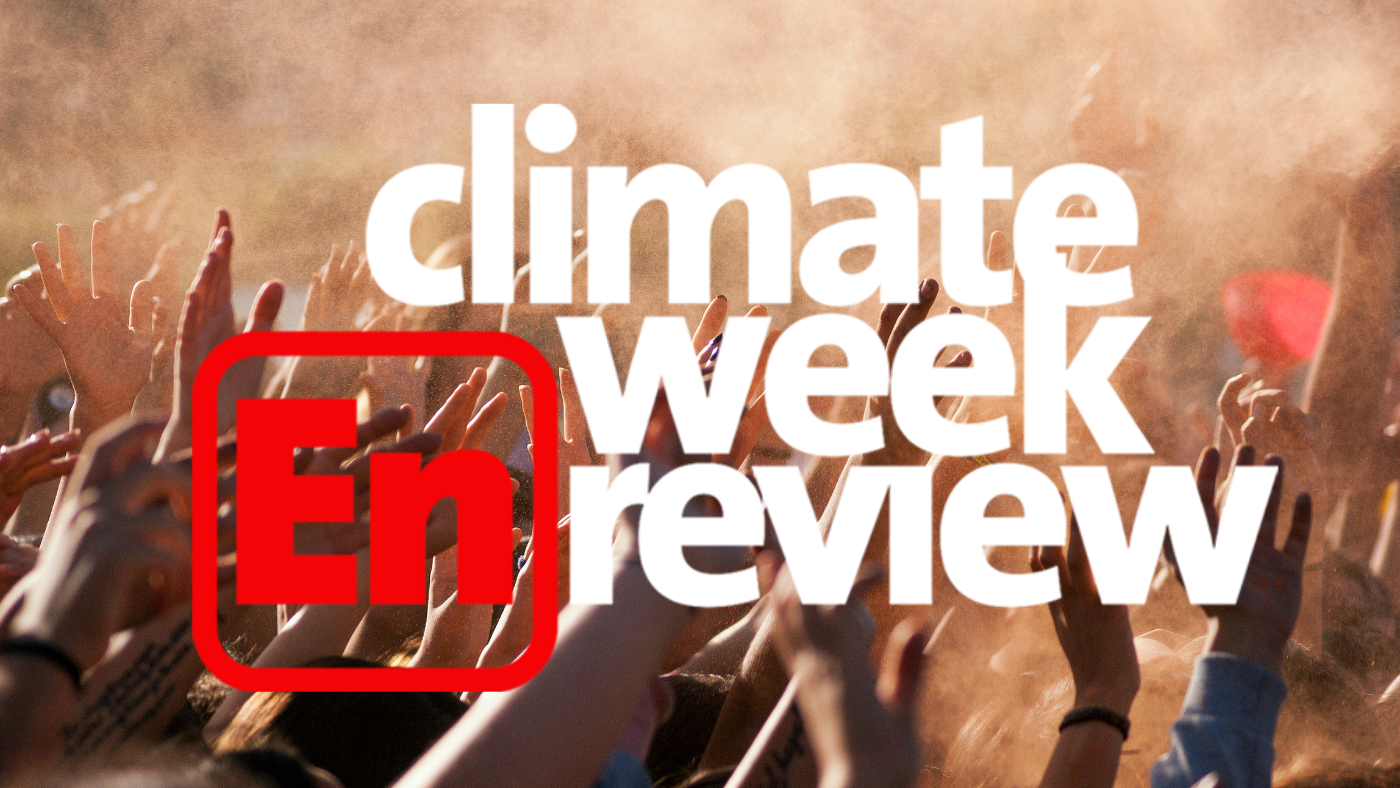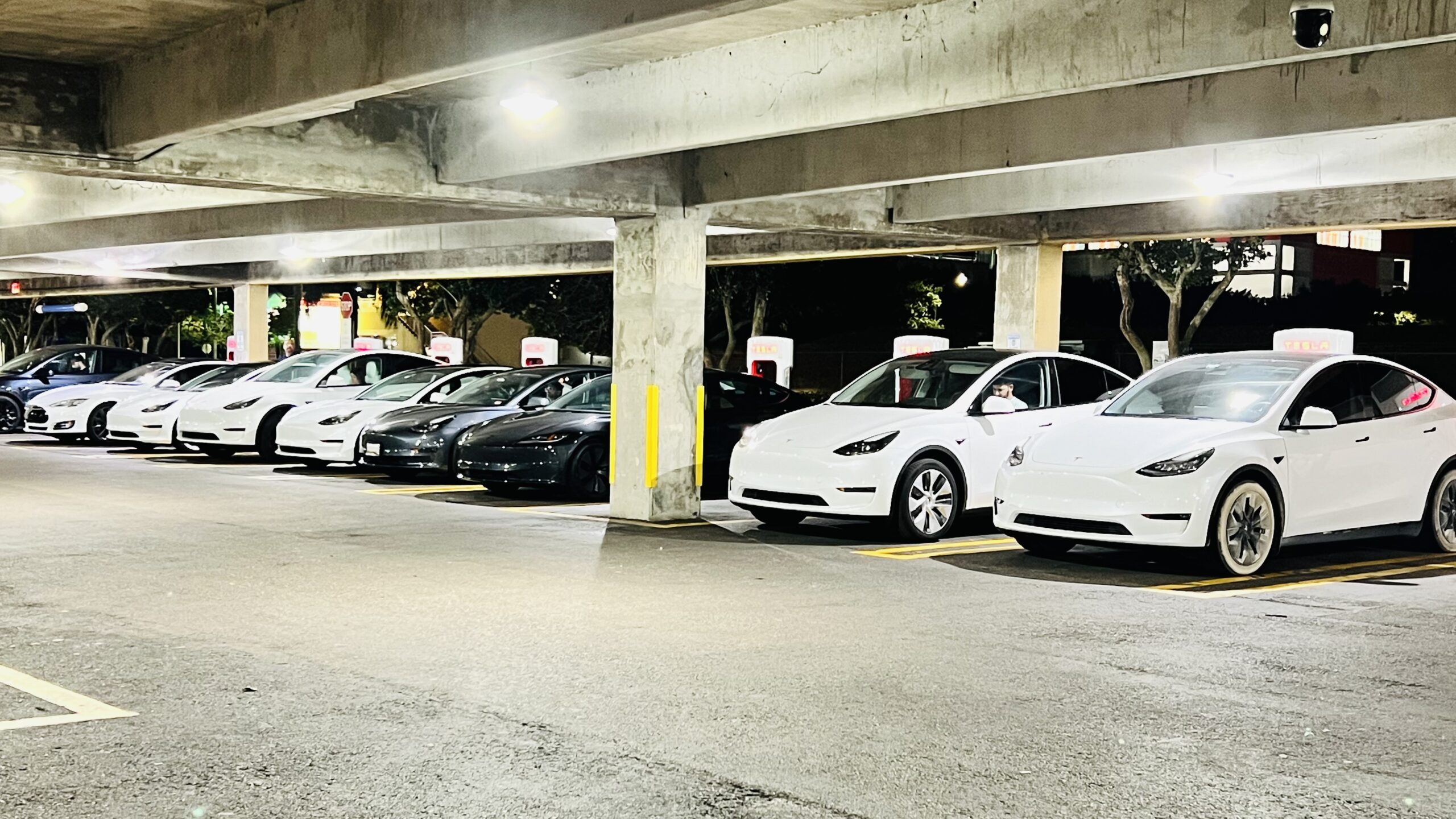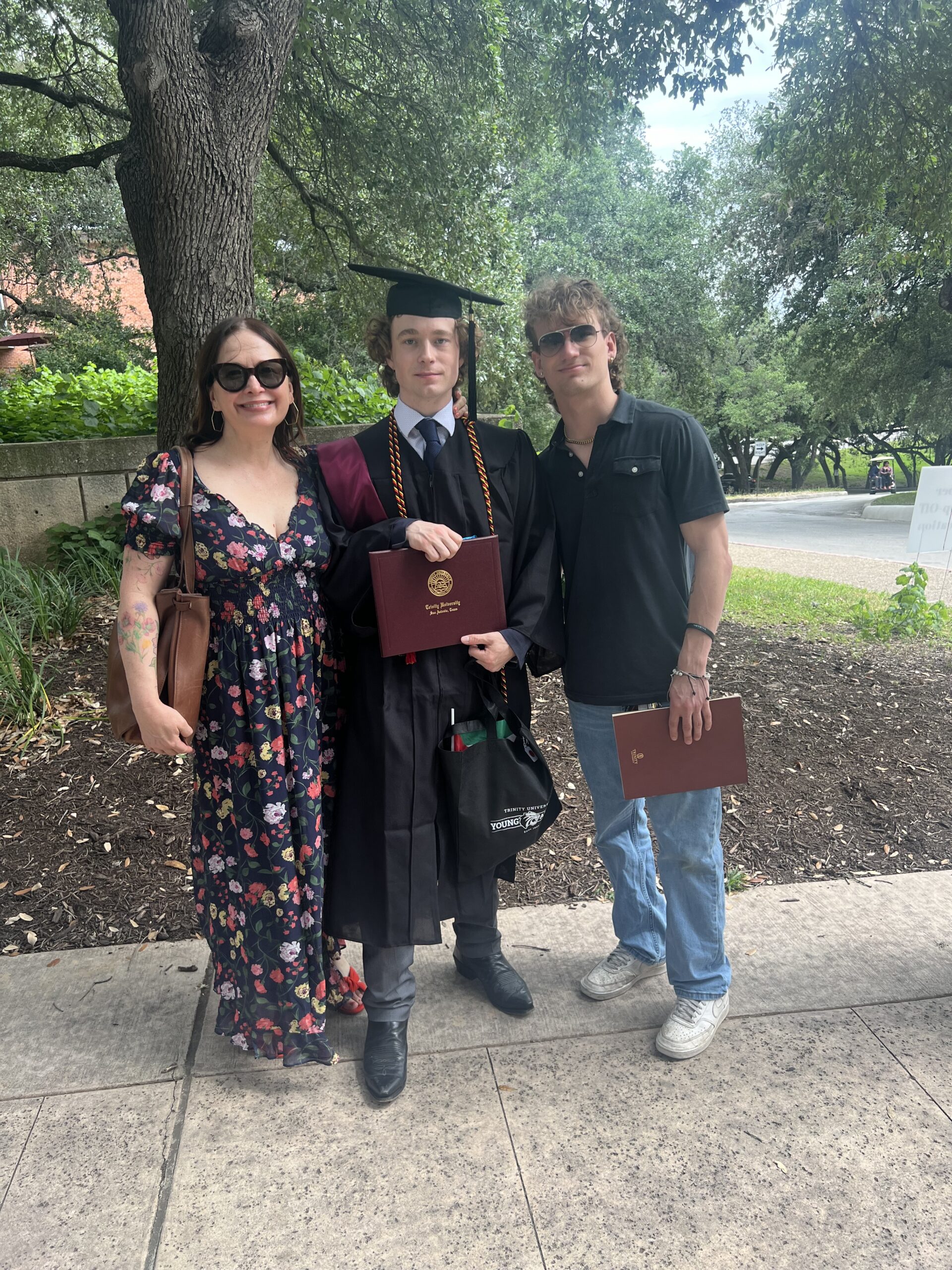
Hello, readers! I’m on the road again this weekend, this time in Florida, which is sort of ironic given the next set of stories I’m sharing today…
This week’s must read: Florida must prioritize climate resilience
After a brief hiatus, Mary Anna Mancuso is back for the second week in a row with this week’s leading op-ed.
“Florida is no stranger to hurricane devastation, including in 2022 with Hurricane Ian making landfall and delivering devastation along the west coast, leaving an estimated $113 billion in damage in its wake,” she writes, as we near the start of the Atlantic hurricane season. “As hurricanes become increasingly costly and damaging, the Federal Emergency Management Agency (FEMA) is sending a clear message to Floridians: Building along coastal areas is no longer a prudent choice.”
This week’s must listen: The Possible Collapse of the U.S. Home Insurance System (The Daily)
With our podcast on a break this week, I wanted to share the most riveting story I’ve heard lately. The Daily interviews climate journalist Christopher Flavelle in this episode on the possible collapse of the U.S. home insurance market. Both Bob Inglis and Mary Anna have written about this topic extensively, and this reporting demonstrates one of the many ways climate change is an economic issue.
Coming up next week on the EcoRight Speaks, Dan Felton, the executive director of AMERIPEN is going to talk to us about efforts to enact public policy that would help reduce the plastic content of packaging materials. I care deeply about this issue and can’t wait to bring you this conversation!

Back to Florida…
With the Sunshine State on my mind, I would be remiss if I didn’t note these two pieces of key climate news, one good and one not-so-good.
A Florida Atlantic University poll found that 90% of Floridians accept the science of climate change, with 68% all respondents indicating they want state government to do more and 69% indicating they want the federal government to do more to address climate change.
Meanwhile, Governor Ron DeSantis signed a sweeping energy bill into law that also erases the words climate change in all state statutes… come on, we can do better.

Guest post: Renting a Tesla was the worst decision of the trip — and that’s a good thing
Written (and driven) by Angela Larck
Earlier this month, Elon Musk announced he was disbanding the Tesla Supercharger team. This comes as a shock, especially after my personal experience renting a Tesla for a recent Florida vacation. Read on to find out why.
My ten-year-old son has been obsessed with Teslas for years. Not because he thinks they’re going to save the planet but because he thinks they’re fast, look cool, and can drive themselves. So when he picked one out as our rental car for a recent trip to the Florida Everglades, I asked, “Why not?” I work in promoting clean energy. It may be time to figure out what these cars are all about. Turns out, it was the worst decision of our entire trip – and that’s a good thing.
Driving a Tesla for the first time was an adventure, especially when venturing into remote parts of the state, like where the tip of the Florida Everglades meets the salt water of Florida Bay in Flamingo. Florida Everglades National Park boasts EV chargers at all of their visitor centers, including Homestead, where our trip was starting, and Flamingo, where our turnaround point was to head back to our hotel in Miami.
“After several phone calls, we were told, ‘Sometimes chargers just don’t work.’ Ever the optimist, I thought, “No big deal. There’s another charger in Flamingo. That one will work.”
We started the morning with 60% battery and a plan to fully charge in Homestead. To be clear, the visitor’s center EV chargers are not Tesla Superchargers, which we eventually learned was an essential key to our trip. No matter what we tried, we could not get the Tesla to link to the Homestead charger. After several phone calls, we were told, “Sometimes chargers just don’t work.” Ever the optimist, I thought, “No big deal. There’s another charger in Flamingo. That one will work.”
After a day of sightseeing and a long drive, we arrived at Flamingo with a 40% charge. It was a hot day, and running the A/C was draining the car’s battery faster than expected. But this time, luck was on our side; the Tesla and the charger finally linked. With a sigh of relief, we left the car to explore, hopeful that our charging woes were behind us.
Nearly three hours later, we returned to the car to find we were kicked off the charger and had only gained a 3% charge, so now we’re at 43%.
One of the tech-savvy features of Tesla is that when you put your destination into the GPS, it not only tells you how long it’ll take to get there but also what your charge percentage will be upon arrival. At this point, I have my sights set on a Tesla Supercharger in Florida City, 48 miles away, with an arrival estimate of 11%. I’m visualizing what being stranded along Route 1 to Miami will be like. After all, this car experience so far hasn’t instilled trust in me.
We make it to Florida City. What do we find? A scene reminiscent of a gas station during a fuel crisis – every charger occupied (eight of them), with a line of Teslas eagerly awaiting their turn. It’s getting dark, and my kids’ bellies are starting to rumble. We wait 20 minutes, and not one of the herd of charging Teslas has budged. GPS tells us that if we head towards our hotel in Miami, we’ll have a 6% charge left, and a Tesla Supercharger is 3 miles away, so off we go.
“What do we find? A scene reminiscent of a gas station during a fuel crisis – every charger occupied (eight of them), with a line of Teslas eagerly awaiting their turn.”
Despite the challenges, we eventually charged our Tesla three times during our trip, never stranding ourselves along Route 1 as feared. Using the Tesla Supercharger was easy compared to the ones at the Everglades National Park visitor centers. However, each charging session required meticulous planning and patience, with long queues becoming the norm. At one point, it even looked like there would be fisticuffs over who got the next cherished charging spot.
While renting a Tesla may have initially seemed like a regrettable decision, it provided invaluable insights into the demand for EV infrastructure. The experience highlighted the urgent need for more accessible and efficient charging stations, especially in regions like South Florida.
As someone involved in promoting clean energy, this journey served as a wake-up call. It’s not enough to champion electric vehicles without ensuring the infrastructure to support them. Our Tesla rental may have been fraught with challenges, but it ultimately underscored the importance of investing in a clean energy future.
In hindsight, our Tesla rental debacle was not just a series of unfortunate events – it was a lesson in the tangible demand for EV infrastructure. And that’s a lesson worth heeding as we strive towards tomorrow. Listen up, Elon Musk!
Angela Larck is republicEn’s engagement director and a confessed national parks nerd.

Very proud mom alert!
He did it! My oldest graduated college, magna cum laude, no less. It was a glorious day made extra special by my younger son being able to get away from his school for the weekend in order to watch his brother graduate!
On that note, have a great weekend!
